The rapid evolution of fast-charging technology is revolutionizing the electric vehicle (EV) landscape, making EV ownership more convenient and appealing to a broader audience. As charging infrastructure improves, the practicality and appeal of electric vehicles increasingly rival that of traditional gasoline-powered cars. Fast-charging tech is reshaping the EV experience, from reducing range anxiety to facilitating long-distance travel.
The Evolution of Fast-Charging Technology
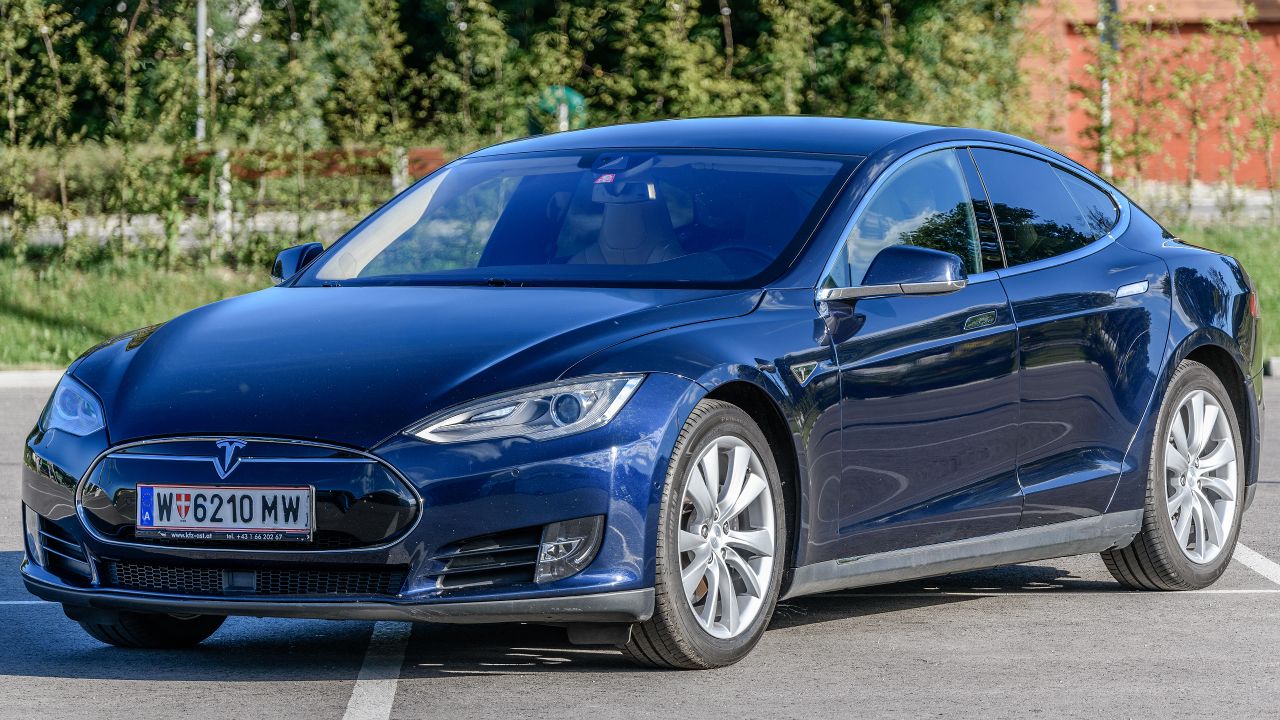
In the early days of EVs, charging was a slow and cumbersome process that often took several hours to replenish a battery fully. This slow pace was a significant barrier to widespread adoption, as it limited the practicality of electric vehicles for everyday use. Over the years, significant technological advancements have made faster charging possible, drastically reducing the time required to charge an EV. The development of DC fast-charging, also known as Level 3 charging, has been a game-changer, reducing charging times from hours to mere minutes in some cases.
Today, the fast-charging infrastructure is more robust than ever, with major players like Tesla, ChargePoint, and Electrify America leading the charge. Tesla’s Supercharger network is particularly noteworthy, offering rapid charging capabilities exclusively for Tesla vehicles. Meanwhile, companies like ChargePoint and Electrify America provide fast-charging options for a wide range of EV models. Globally, the accessibility of fast-charging stations varies, with countries like Norway and the Netherlands boasting a high density of stations, while others are still developing their networks.
Impact on EV Range Anxiety
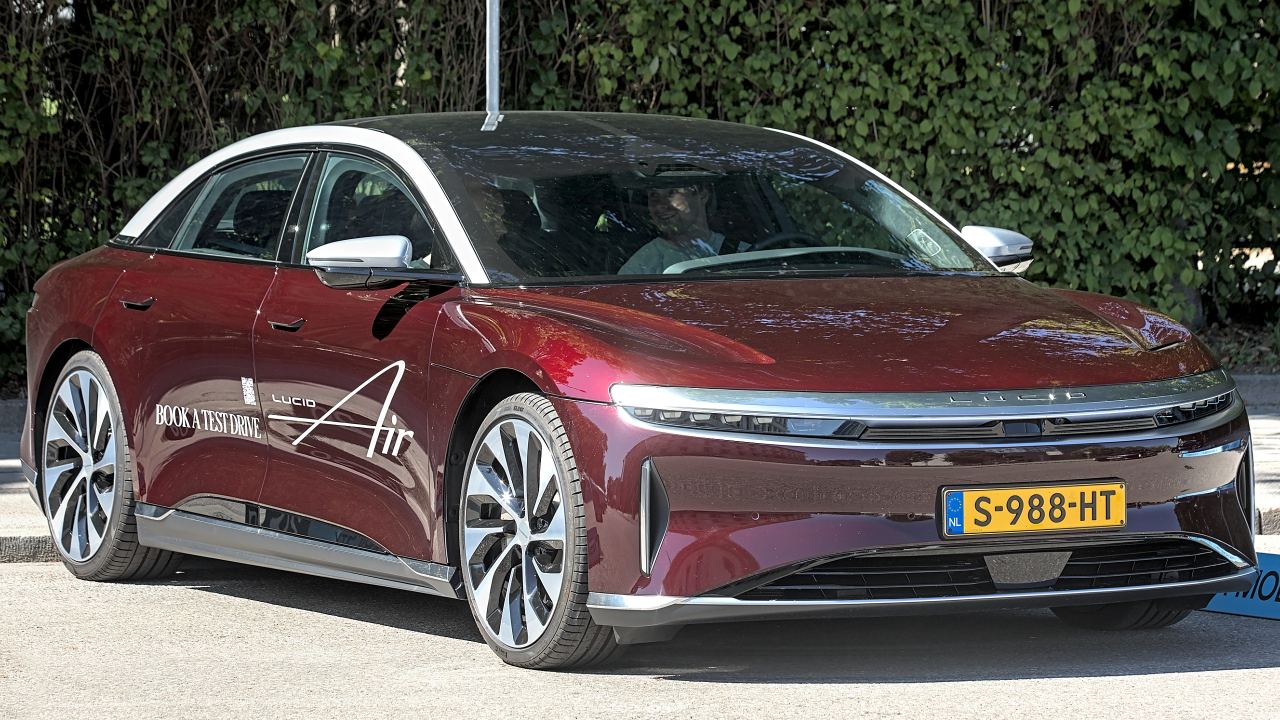
Range anxiety, the fear of running out of charge before reaching a destination, has long been a concern for potential EV owners. Fast-charging technology plays a pivotal role in alleviating this anxiety by significantly reducing the time needed to charge a vehicle. With the ability to add substantial range in just 15 to 30 minutes, fast-charging stations offer a level of convenience that closely mirrors the experience of refueling a traditional car. Statistics show that regions with dense fast-charging networks have seen increased EV adoption rates, as drivers feel more confident about their ability to charge quickly and efficiently.
Consumer confidence is further bolstered by testimonials from EV owners who have embraced fast charging. Many express relief at the ease and speed with which they can recharge their vehicles during long trips. Governments and the private sector are also playing a crucial role in promoting fast-charging solutions. For example, the U.S. government offers various incentives for the installation of fast-charging stations, while companies like EVgo are expanding their networks to meet growing demand.
Facilitating Long-Distance Travel

Fast-charging technology makes long-distance travel with EVs more feasible than ever before. With innovations that allow for quicker stops, EV drivers can now embark on road trips with the same ease as those driving gasoline-powered cars. The rapid expansion of fast-charging networks means that drivers can plan their journeys with confidence, knowing that a charging station is never too far away. In practice, this means that travel times for EVs are becoming increasingly comparable to those of internal combustion engine vehicles, especially when factoring in the time needed for rest breaks.
Modern EV navigation systems further enhance the travel experience by integrating fast-charging station locations into route planning. Apps like A Better Routeplanner and Tesla’s in-car navigation system offer smart route planning that optimizes charging stops, ensuring that drivers can reach their destinations efficiently. These systems take into account battery levels, charging station availability, and travel conditions, making long-distance EV travel more convenient and stress-free.
Economic and Environmental Implications
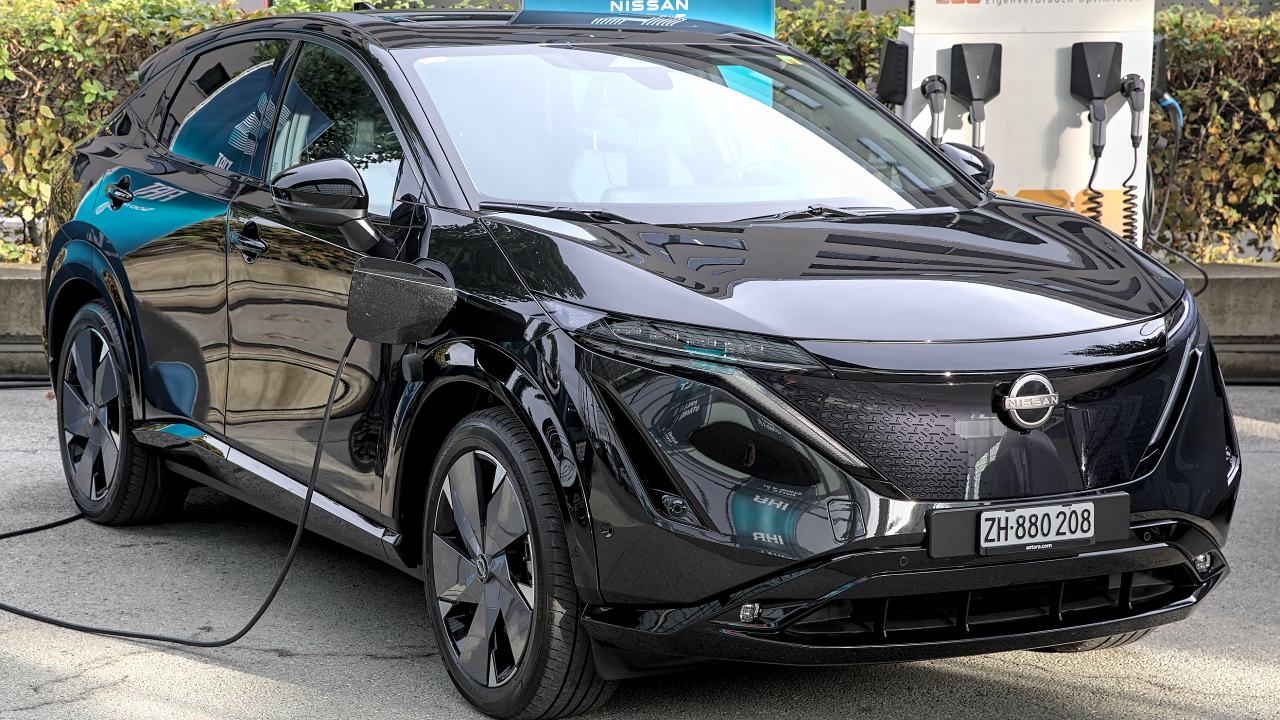
The economics of fast charging versus home charging is an important consideration for EV owners. While home charging remains the most cost-effective option for daily use, fast chargers offer convenience and speed at a premium. The cost of using fast chargers can vary significantly based on location, provider, and vehicle model. However, many governments and organizations offer incentives and subsidies to offset these costs, making fast charging more accessible to a wider audience.
Beyond the economic implications, fast-charging technology also holds significant environmental benefits. By increasing the availability of fast-charging infrastructure, more consumers are likely to adopt EVs, leading to a reduction in overall emissions. While the sustainability of fast-charging stations depends on their energy sources, many networks are increasingly powered by renewable energy, further enhancing their environmental credentials. For example, Tesla’s Supercharger network is gradually transitioning to solar power, reducing its carbon footprint.
Future Prospects of Fast-Charging Technology
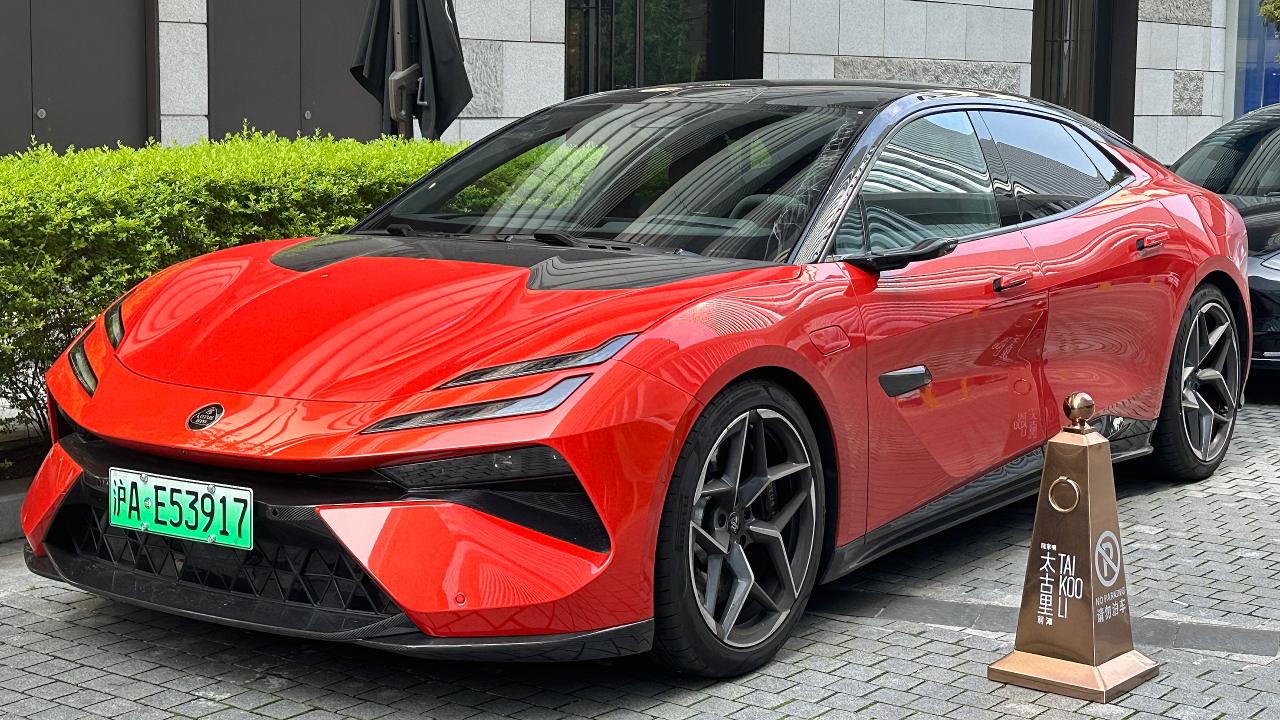
The future of fast-charging technology is bright, with numerous emerging technologies and innovations on the horizon. Ultra-fast chargers, capable of delivering charging speeds of up to 350 kW, are already in development and promise to reduce charging times even further. Wireless charging technology, which allows for seamless energy transfer without the need for cables, is also gaining traction. These advancements have the potential to revolutionize the next generation of EVs, making them more appealing than ever before.
Despite these promising prospects, challenges remain in the expansion of fast-charging networks. Technical and logistical hurdles, such as grid capacity and station maintenance, must be addressed to ensure the scalability of these networks. However, these challenges also present opportunities for stakeholders to innovate and shape the future of EV charging infrastructure. By investing in research and development, companies and governments can play a pivotal role in accelerating the transition to a more sustainable transportation future.
Like Fast Lane Only’s content? Be sure to follow us.
Here’s more from us:
*Created with AI assistance and editor review.

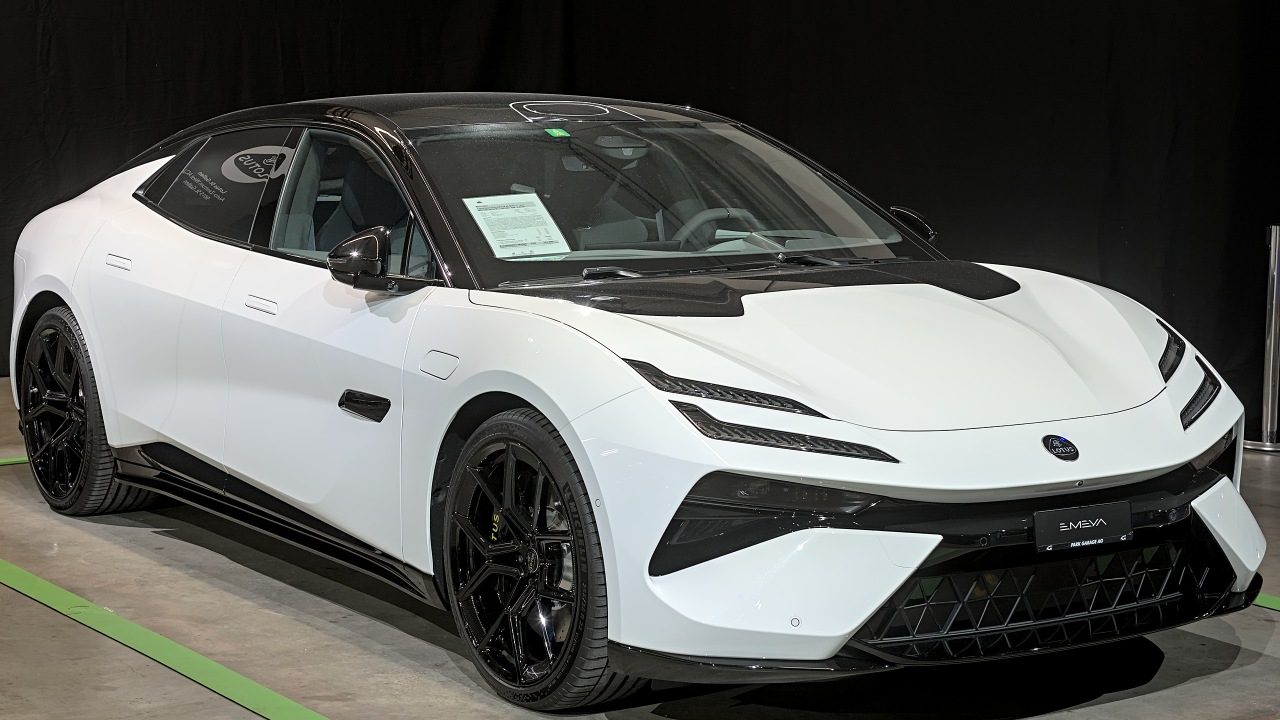
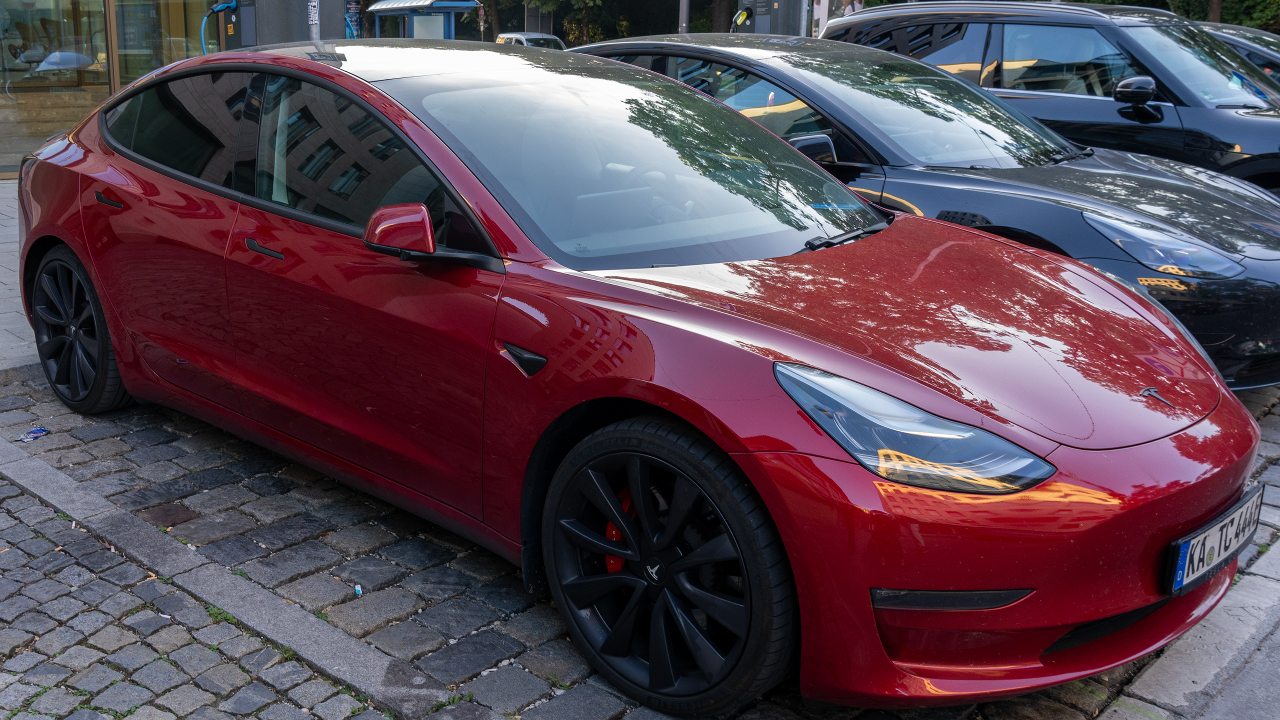
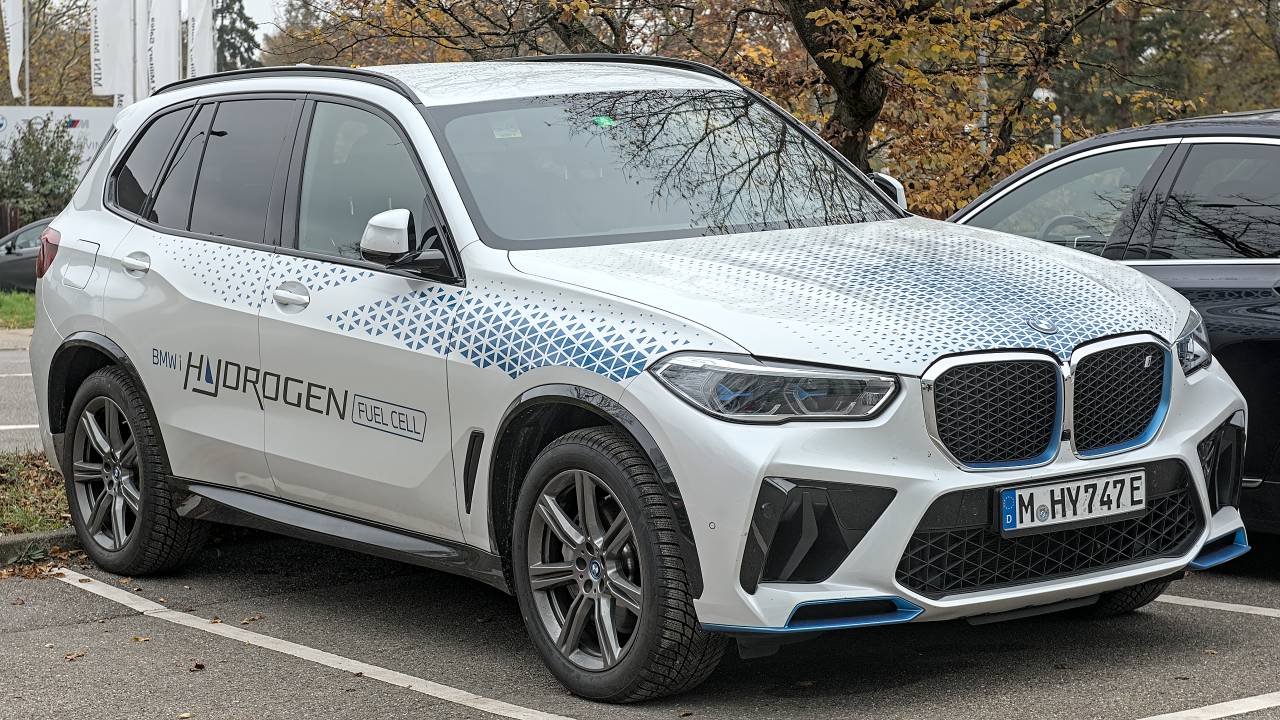
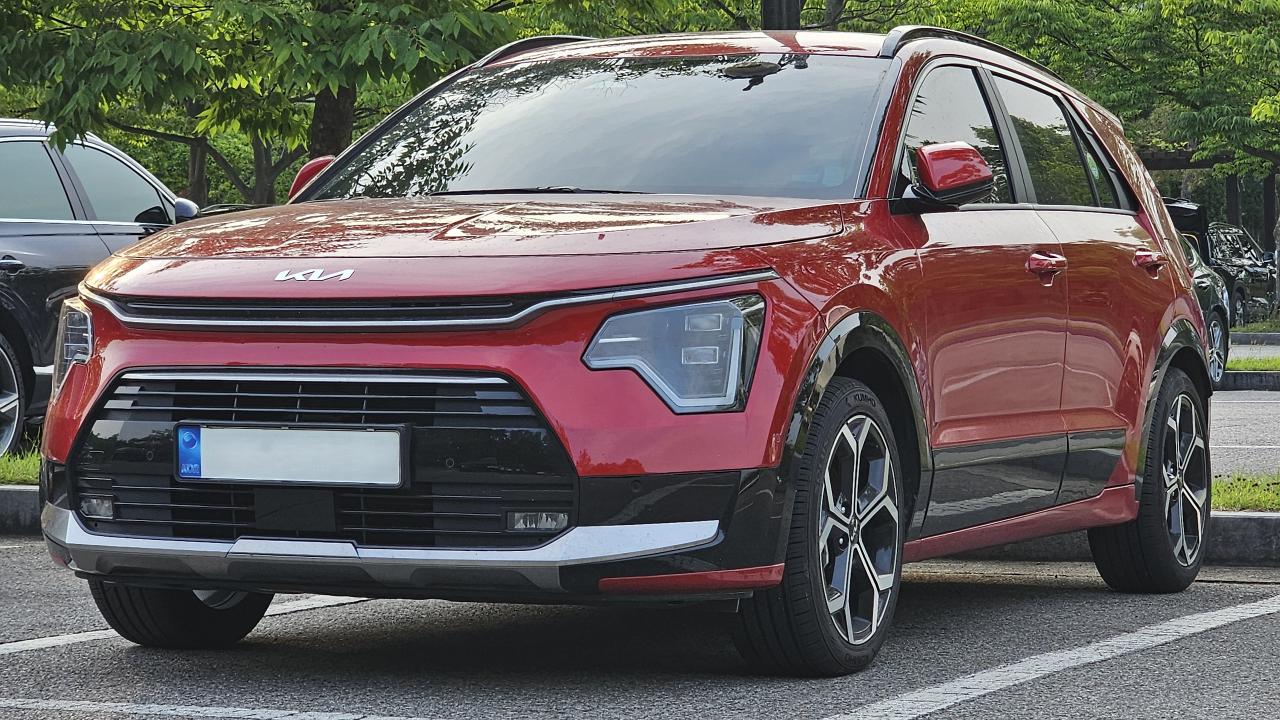

Leave a Reply